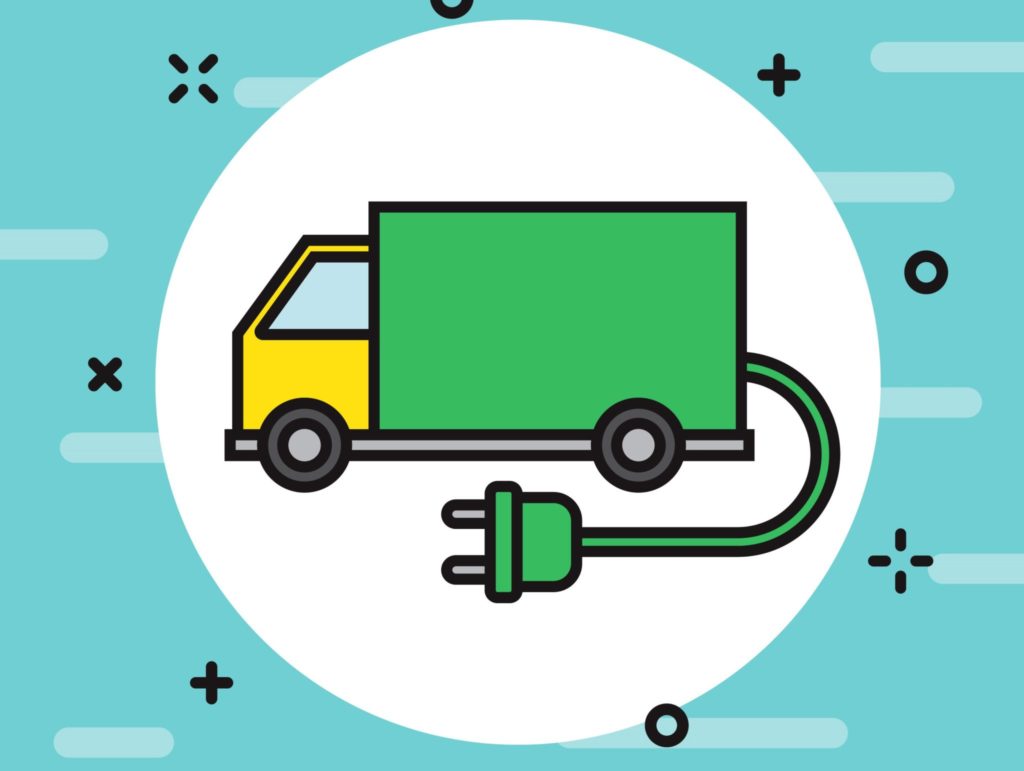Electrification infrastructure for U.S. trucks will cost US$1 trillion, report finds
Full electrification of the U.S. commercial truck fleet would require nearly US$1 trillion in infrastructure investment alone, according to a report from Roland Berger, released by the Clean Freight Coalition (CFC).
“This is a $1-trillion unfunded mandate that the supply chain including our industry is going to have to invest in charging infrastructure. And that does not include the purchase of new trucks, which we all know cost two to three times that of a brand new eco diesel currently available,” said Chris Spear, president and CEO of American Trucking Associations during a press conference accompanying the report’s release.
For example, a diesel Class 8 truck costs roughly $180,000 (all figures US), while a comparable battery-electric truck costs more than $400,000.

“This study thoroughly examines the issues surrounding the infrastructure buildout necessary to electrify commercial vehicles, and it clearly shows how the heavy-duty vehicle industry’s needs are vastly different not just from other sectors of our economy, but from each other,” said Jim Mullen, CFC executive director.
The study forecasts a realistic infrastructure buildout for the electrification of medium- and heavy-duty commercial vehicles, exposing what the CFC calls a massive investment gap as state and federal policymakers mandate increased adoption rates of battery-electric commercial vehicles.
Preparing today’s commercial vehicle fleet for electrification would require the commercial vehicle industry to invest upwards of $620 billion in charging infrastructure alone, including chargers, site infrastructure and electric service upgrades, the report said.
Upgrade to cost utilities $370 billion
Utilities would need to invest $370 billion to upgrade their grid networks to meet the demands of just commercial vehicles.
The CFC said that policymakers must address these cost concerns and infrastructure hurdles to make an electrified supply chain function smoothly for the U.S. economy. The study found that while medium-duty vehicles will face fewer roadblocks, economic and operational constraints make electrification very challenging for the heavy-duty segment.
The study outlined the significant improvements in battery range and charging infrastructure capabilities that would be needed to support a path for the electrification of longhaul vehicles.
Openness to alternative technology paths
“Electrification means focusing on the vehicle segments that are easier first; it means that we have to look at how fleets operate and potentially adjust; it means that we need better cooperation and planning across industries and governments; and it requires an openness to alternative technology paths to decarbonizing the heavy-duty segment,” said Dr. Wilfried Aulbur, Roland Berger senior partner.
“It also is clear that an industry with a yearly turnover of about $800 billion and a profit margin around 5% cannot invest $620 billion without financial support or a significant increase in freight rates.”
Jim Ward, president of the Truckload Carriers Association said that there is no doubt that there are applications that make sense to test and deploy BEV equipment with the drayage and refuse markets, but the heavy-duty path should consider other options such as renewable diesel, renewable natural gas, and hydrogen to name a few.
“TCA believes that the infrastructure discussion is significant but only the tip of the iceberg to other underlying concerns that include cost of ownership, maintenance challenges, battery replacement, disposal and residual,” he said.
Warning on price increase
ATA’s Spear said over the next six to 10 years consumers will find there are fewer trucks to move the same amount of freight.
“That’s going to reflect in the price and the availability of the product that you seek. For an administration that’s concerned about inflation, concerned about the supply chain, they need to take a holistic approach to this and be transparent. We’re not saying no to zero emissions. We just need a path to get there. This is not it,” he said.
Roland Berger’s Aulbur said that to assume this is going to come for free is the same as saying decoupling from China is going to come for free.
“It’s not going to happen. There are some things and some transitions that we are going through, and we have to go through those because we have no choice. They will come at a cost,” he said.
Have your say
This is a moderated forum. Comments will no longer be published unless they are accompanied by a first and last name and a verifiable email address. (Today's Trucking will not publish or share the email address.) Profane language and content deemed to be libelous, racist, or threatening in nature will not be published under any circumstances.
These numbers sound like crap.
Tesla is already making this article unbelievable and unreliable.
What does the ‘existing fossil fuel infrastructure’ cost?
Canada can not afford this much better to build 500 000 low income housing units and a new natural gas pipeline and and L N G terminal and improved transit and upgrades to to ship trailers by rail